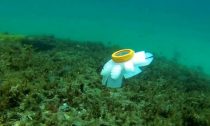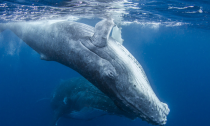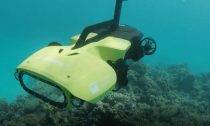Scientists are investigating why around 70 deep water whales have washed up on Scottish and Irish beaches since the beginning of August.Cuvier’s beaked whales are normally found in the deep waters of the Atlantic.
They are among the deepest diving whales on the planet and have the ability to dive to depths of up to two miles for upwards of an hour at a time.
They are particularly sensitive to sound, prompting some to question if sonar or another military exercise has caused the issue.
Read More












Social Profiles